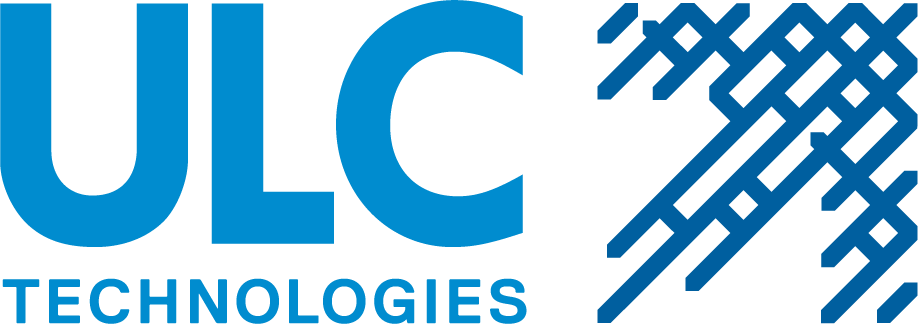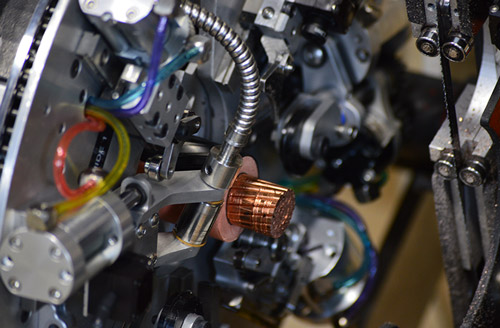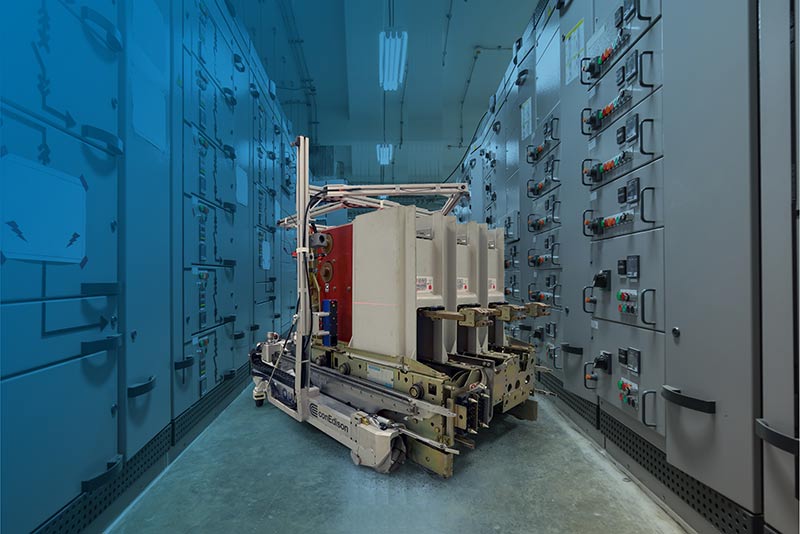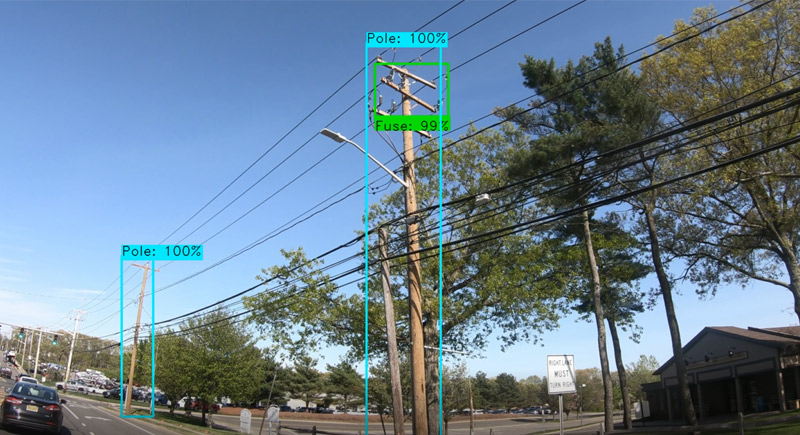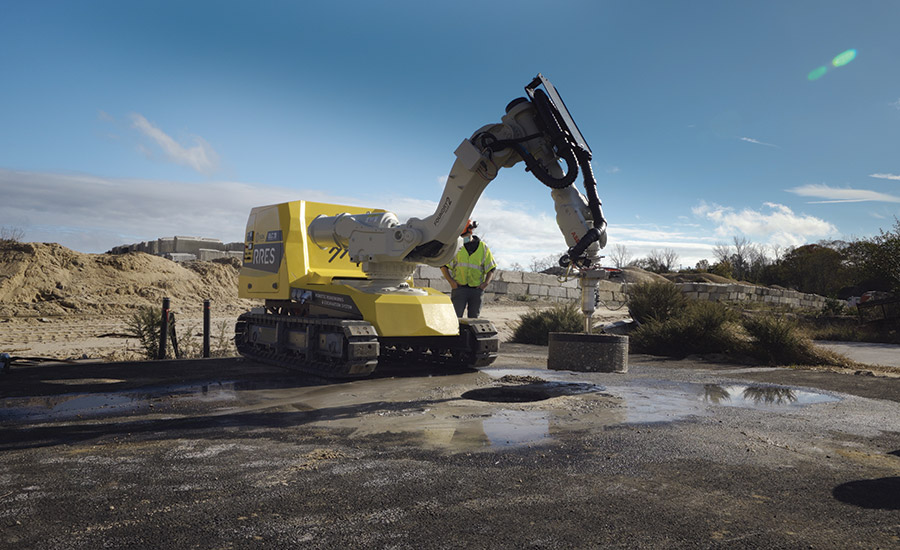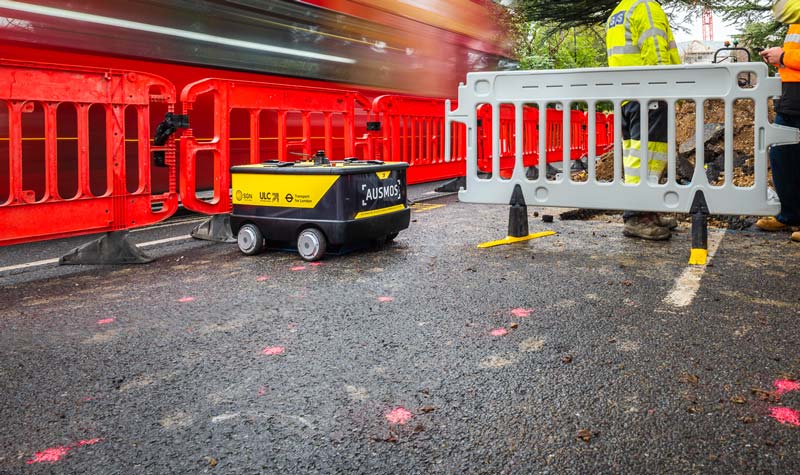- Why ULC?
- R&D Services

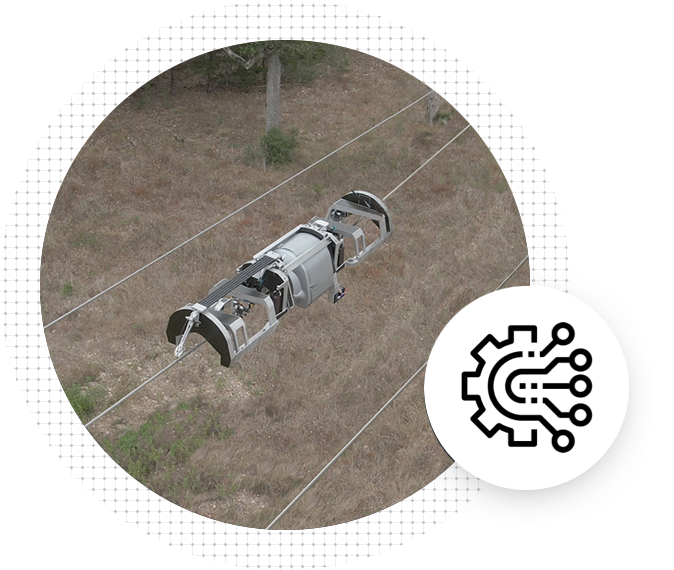
Research & Development
Leading Innovation. Driving Results.
- Industries
X-ID CROSS BORE DETECTION SERVICES
Our patented acoustic technology detects cross bores from within gas mains and services. Learn MoreLIVE GAS MAIN INSPECTION
We are leaders in the deployment of camera and crawler systems into live gas mains. Learn More
PORTABLE EMISSIONS RECOVERY
Our drawdown compressor technology helps gas distribution utilities reduce emissions. Learn More
AIM: AI-POWERED UTILITY MAPPING
Using vehicle-mounted cameras along with AI and Machine Learning to map electric distribution poles and pole-mounted assets. Learn More
CIRCUIT BREAKER RACKING ROBOT
Breaker Racking RobotAutonomous mobile robot designed to rack and unrack large breakers within substations. Learn More
ELECTRIC CONDUIT INSPECTION
Our field service teams provide video inspection of conduits prior to cable pulls to identify obstructions and pinpoint damages. Learn More
Machine Learning for Jacket Foundation Inspection
ULC used machine learning to enable more efficient inspection of jacket foundations at the Block Island Wind Farm. Learn More
Electrical Conduit Inspection Services
Our field teams provide internal inspection of conduits to pinpoint obstruction and damage prior to cable pulls. Learn More
Robotics & Technology Development
We work with leading energy companies to develop, commercialize, and deploy robotic systems and technologies that support the construction, maintenance, and inspection of infrastructure. Learn More
ROBOTIC GPR MAPPING AND MARK OUT
AUSMOS is an autonomous robotic platform that detects and marks-out below-ground infrastructure using sensors. Learn More
VEST: VACUUM EXCAVATION SOFT TOUCH
VEST improves the performance of vacuum excavation by integrating supersonic air nozzles into the vac-ex tool head. Learn More
UM-RADR: UNMANNED RAPID AIRFIELD DAMAGE REPAIR
Robotic platform is deployed to damaged airfields to remotely perform repairs. UM-RADR qualifies for Commercial Solution Opening (CSO) status. Learn More
- Products & Services


Field Services
Products
Live Gas Main Inspection Cameras
Emissions Recovery
- Company
Project Overview
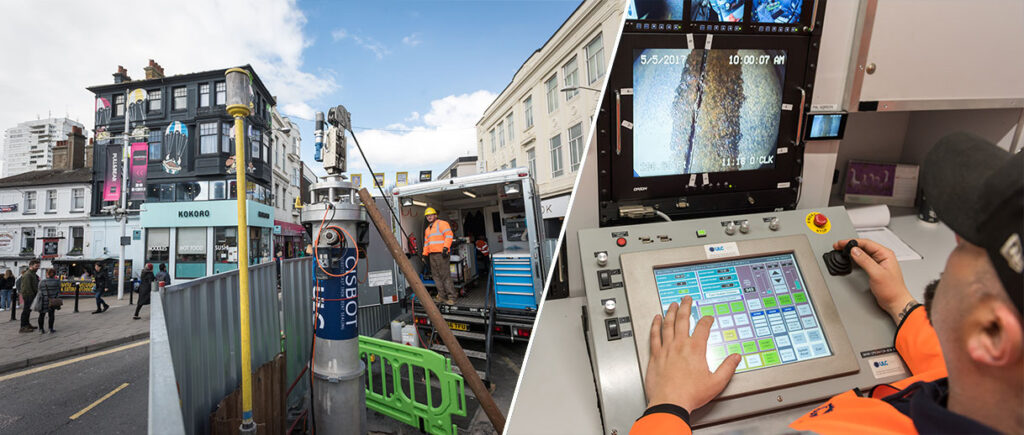

Industry: Gas Distribution
Location: Brighton, England
Client: SGN
Main Diameter: 20″ Cast Iron, Low Pressure
Business Areas Addressed:
- Pipeline Remediation
- CISBOT reduced excavation—minimising disruption to bus and vehicle traffic
- Small site footprint and low noise did not disrupt local businesses and residents
- Project finished in five weeks; one week shorter than expected
- Proactive joint sealing minimises the need for future leak repair and maintenance
- No disruption of gas service to residents and businesses
Project Description
In addition to being in the centre of a busy commercial district, Western Road hosts an average of 4,700 vehicles per day – or over 1.7 million per year. As 12% of those vehicles consists of bus traffic, the road represents a major transportation hub in Brighton. Traditional pipeline repair or replacement may require complete lane closures or full closures of the road—posing a serious risk of disrupting traffic and businesses.
Instead of trenching the road or making numerous excavations, CISBOT internal cast iron joint repair enables the rehabilitation of up to 110 joints through one small excavation in the road. Through the excavation along the side of Western Road, CISBOT launched into the live 20” low pressure cast iron gas main to rehabilitate a total of 72 leak-prone joints in SGN’s gas network.
ULC’s robot operators were able to position the CISBOT robot at each joint to drill an access hole through the spigot—providing a means for the robot to inject a sealant directly into the jute at four positions around every joint. Using the robot’s onboard cameras and sensors, the robot operator monitored drill speed and injection pressure throughout the joint rehabilitation process and was able to visually monitor the sealant wicking around the joint gap.
The first half of the project was completed in 2017 with the final portion of the project set for completion next year at the request of local authorities.
“CISBOT’s computer controlled drilling and injection process was able to deliver SGN highly efficient and effective joint rehabilitation while minimising costly and disruptive excavation. CISBOT’s drilling and injection method with anaerobic sealant has a 50-year life. Prior to CISBOT, the only methods to repair joints using sealants were through external anaerobic injection or internal spraying which historically have higher failure rates. By using CISBOT, SGN is nearly eliminating the risk of gas leaks for the next five decades.”
Graeme Cleeton, VP of UK Operations, ULC Robotics
Results
- 72 large diameter cast iron joints rehabilitated through one small excavation
- Avoidance of costs and disruption associated with traditional maintenance and leak-repair methods
- Enabled gas network to upgrade gas main while maintaining a high level of customer satisfaction
- Reduced excavation costs associated with traditional techniques
- Protected joint from risk of leak for up to 50 years
